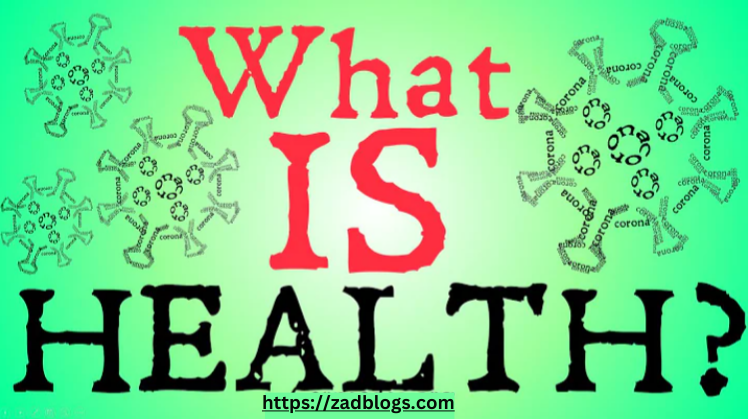What is a point of focus during Health Inspections?: FoodSafe Drains
What is a point of focus during health inspections?
Health inspections are checks to make sure places like restaurants and hospitals are clean and safe for everyone’s health Inspections. They help ensure that standards are met for cleanliness and safety.
Looking to ensure your favorite eateries maintain top-notch cleanliness? Join us in understanding what inspectors prioritize during health inspections! Ever wondered What is the main focus during Safety inspections?
Health inspections focus on assessing factors like cleanliness, food handling practices, sanitation, and temperature control to ensure compliance with health and safety regulations and safeguard public well-being.
Drainage as a Point of Focus During Health Inspection Visits

During Safety inspection visits, drainage systems are often singled out as a crucial point of focus. These inspections prioritize ensuring that drainage facilities are functioning effectively to prevent potential health Inspection hazards. Essentially, the condition and maintenance of drainage systems are scrutinized to safeguard public health.
What is a point of focus during health inspections? Drainage systems are a key area of concern during health inspections, aiming to uphold public health standards.
During Safety inspections, the focus often centers on drainage systems to maintain public health standards. Inspectors prioritize assessing the functionality and cleanliness of these systems to prevent health hazards. Ensuring effective drainage is crucial in safeguarding the well-being of the community.
1. Importance of Drainage Inspection:
The importance of drainage inspection lies in ensuring the functionality and cleanliness of drainage systems. Regular inspections help prevent the buildup of contaminants and blockages that could pose health risks to the community. By prioritizing drainage inspections, authorities can maintain public health Inspection standards and mitigate potential hazards effectively.
2. Key criteria evaluated:
During inspections, key criteria evaluated include the functionality, cleanliness, and structural integrity of drainage systems. Inspectors assess whether the systems are good to remove wastewater and prevent standing water, which can attract pests and pose health risks. Additionally, they check for any signs of damage or blockages that could compromise the system’s efficiency.
3. Preventing health hazards:
Preventing health hazards involves identifying and addressing potential risks before they escalate. By maintaining clean and functional drainage systems, the spread of diseases and contaminants can be minimized. Regular inspections and prompt maintenance play a crucial role in safeguarding public health and preventing the onset of hazards.
Drainage from FoodSafe Drains
Drainage from FoodSafe drains is vital for maintaining cleanliness in food preparation areas. These specialized drains are designed to effectively remove wastewater while preventing the spread of contaminants. Ensuring proper drainage helps uphold food safety standards and reduces the risk of foodborne illnesses. Regular maintenance of FoodSafe drains is crucial for preserving hygiene and preventing potential health hazards.
Drainage from FoodSafe drains is essential for keeping food preparation areas clean and hygienic. These drains are in particular engineered to well remove wastewater and prevent the accumulation of food particles and bacteria. Regular maintenance and inspection of FoodSafe drains are necessary to uphold food safety standards and protect against potential health risks.
1. Design Features of FoodSafe Drains:
The design features of FoodSafe drains are, in particular, crafted to meet stringent hygiene standards. These drains often incorporate smooth surfaces and removable components to facilitate thorough cleaning and prevent the buildup of contaminants. Additionally, they may include features such as grates or filters to trap food particles and prevent blockages, ensuring optimal functionality in food preparation areas.
2. Importance of Proper Drainage Management:

Proper drainage management is crucial for maintaining cleanliness and hygiene in various environments. Effective drainage systems help prevent water accumulation, which can lead to mold growth and bacterial contamination. By ensuring proper drainage, potential health hazards are minimized and safety standards are upheld.
3. Maintenance Protocols for FoodSafe Drains:
Maintenance protocols for FoodSafe drains involve regular inspection and cleaning to uphold hygiene standards. Scheduled maintenance ensures the ongoing functionality of drains and prevents potential blockages or contamination. Adhering to these protocols is essential for preserving food safety and minimizing health risks in food preparation areas.
FAQs
1. What is a health inspection?
A Safety inspection is an assessment conducted to evaluate the cleanliness, safety, and compliance of a facility or establishment with health regulations and standards.
2. What is the main purpose of health and safety inspections?
The main purpose of safety inspections is to identify and mitigate potential hazards to ensure the well-being and protection of individuals in a workplace or public environment.
3. Who conducts health inspections?
Health inspections are as a rule conducted by trained inspectors employed by governmental health departments or regulatory agencies.
Conclusion
In conclusion, health inspections play a vital role in safeguarding public health by assessing various aspects of hygiene and safety in establishments. They are conducted by trained inspectors who focus on ensuring compliance with health regulations and identifying potential risks to prevent the spread of diseases and ensure a safe environment for all.
What is a point of focus during safety inspections? Inspectors often prioritize assessing cleanliness, safety protocols, and adherence to health regulations during inspections.
Health inspections are essential for maintaining cleanliness and safety standards in establishments to protect public health. Conducted by trained inspectors, these inspections prioritize assessing compliance with health regulations to prevent potential risks and ensure a healthy environment for everyone. Inspectors as a whole focus on evaluating hygiene practices, safety protocols, and compliance with health regulations to minimize health risks and promote a safe environment.



